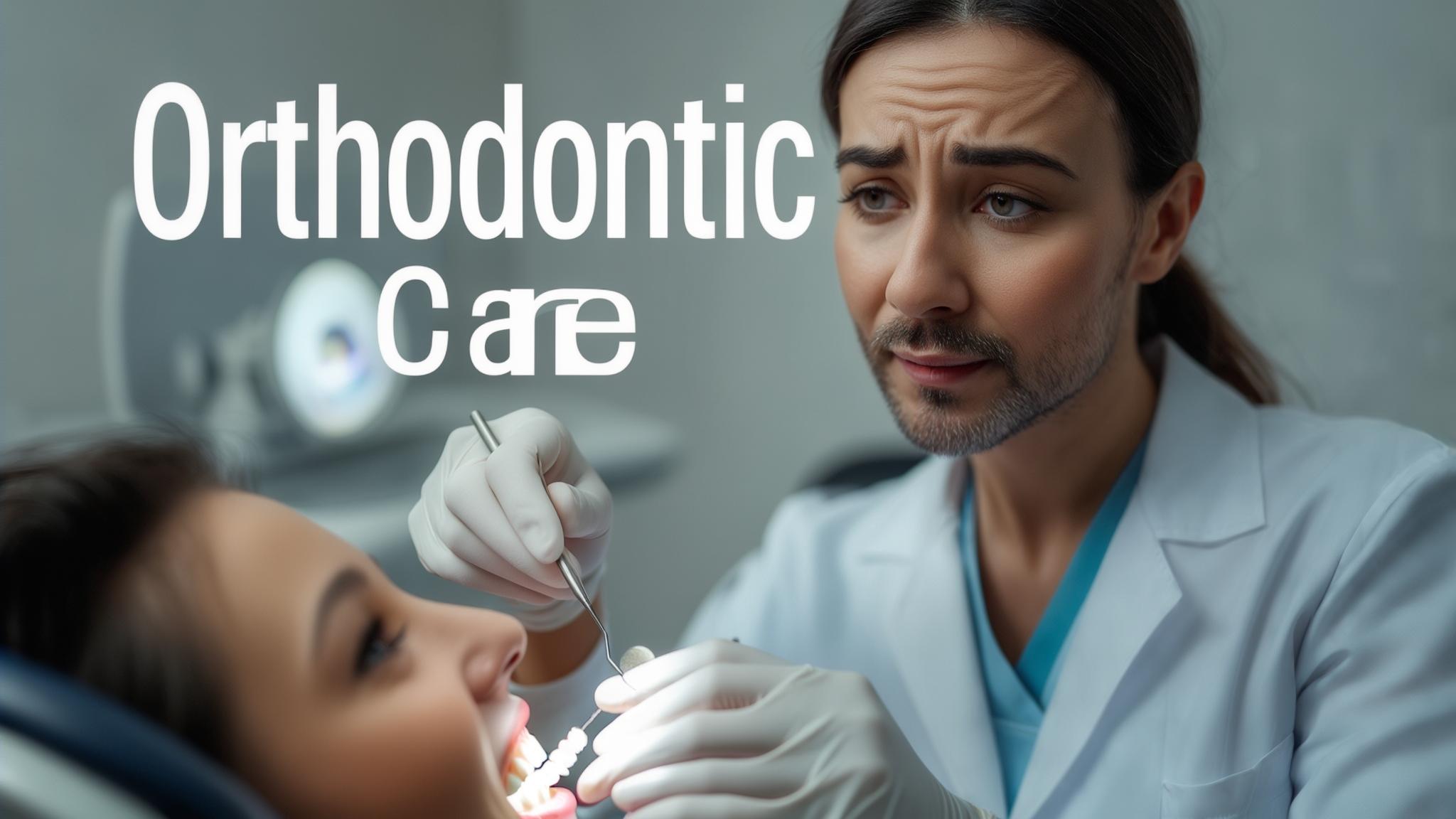Understanding Orthodontics
Orthodontics is a specialized field of dentistry focused on diagnosing, preventing, and treating dental and facial irregularities. It's like an artist reshaping a sculpture, but instead of clay, orthodontists work with teeth and jaws to create a harmonious smile. At the heart of orthodontic treatment are braces and aligners, which guide teeth into their proper positions over time. Whether traditional metal braces or modern clear aligners, each method aims to correct misalignments and improve dental function.
Orthodontic treatments vary, ranging from fixed appliances like braces to removable ones like aligners. Each type has its unique advantages and is selected based on individual needs, ensuring the most effective results.
Common Dental Issues Addressed by Orthodontics
Orthodontics can correct a variety of dental issues, each affecting oral health differently:
- Crowding: When there's not enough space in the mouth, teeth can overlap, making cleaning difficult and increasing the risk of cavities and gum disease.
- Spacing: Gaps between teeth might seem harmless, but they can lead to gum problems and affect the alignment of other teeth.
- Overbite: This occurs when the upper front teeth significantly overlap the lower ones, potentially causing gum damage and tooth wear.
- Underbite: When the lower teeth extend beyond the upper teeth, it can lead to chewing difficulties and jaw pain.
- Crossbite: A misalignment where upper teeth bite inside the lower teeth, which can cause wear and lead to bone loss.
- Open bite: This is when the front teeth don't touch when the mouth is closed, affecting chewing and speech.
- Misalignment: Generally refers to crooked teeth that can affect self-esteem and oral health.
Signs You or Your Child May Need Braces
Spotting the signs of needing braces early can make a big difference:
- Visible Misalignment: Crooked or protruding teeth are clear indicators.
- Difficulty Chewing or Biting: Struggling with food can signal alignment issues.
- Frequent Mouth Breathing: This can affect dental health and indicate underlying problems.
- Speech Difficulties: Misaligned teeth can impede proper pronunciation.
- Jaw Discomfort or Pain: This might be a sign of TMJ disorders.
- Thumb Sucking or Other Habits: These can alter dental structure over time.
- Early or Late Loss of Baby Teeth: This can impact how permanent teeth align.
- Family History of Orthodontic Issues: Genetics play a role in dental alignment.
The Importance of Early Evaluation
Early orthodontic evaluation is crucial for children. The American Association of Orthodontists recommends that children have their first orthodontic check-up by age 7. Early visits allow orthodontists to monitor dental development and intervene at the right time, potentially simplifying future treatment.
The Consultation Process
During an orthodontic consultation, expect a comprehensive evaluation, including X-rays, photographs, and possibly dental impressions. These tools help the orthodontist develop a tailored treatment plan that addresses specific needs and goals.
Benefits of Orthodontic Treatment
The benefits of orthodontic treatment extend beyond a beautiful smile:
- Improved Oral Health: Properly aligned teeth are easier to clean, reducing the risk of cavities and gum disease.
- Enhanced Aesthetic Appearance: A straight smile boosts confidence and self-esteem.
- Better Function: Correct alignment improves chewing and speaking abilities.
- Prevention of Future Issues: Addressing problems early can prevent more serious dental issues later.
Conclusion
Recognizing the signs that indicate the need for braces is the first step towards a healthier smile. If you or your child exhibit any of these signs, consider seeking an orthodontic evaluation. Orthodontic treatment offers significant benefits, enhancing both dental health and overall well-being.

